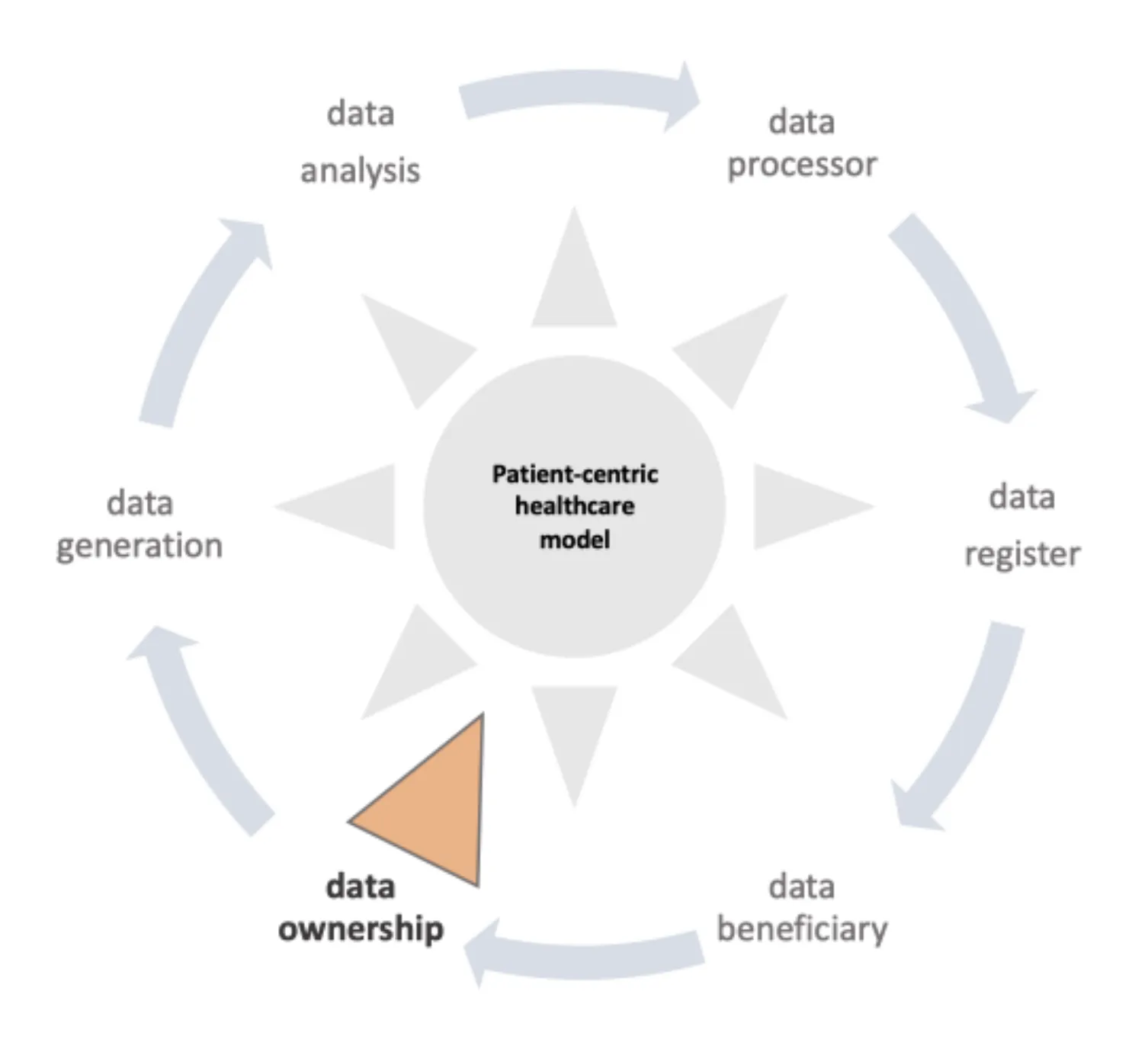o THE INTERVENTION
It was necessary to bring together all healthcare stakeholders, trying to meet their expectations. Collectively, they had complementary skills, found in medical knowledge, basic and clinical research organizations, universities, government, media, health data managers, IT and AI companies, hospitals and clinics, public and private health insurance organizations, pharmaceutical and high-tech companies.
At first, many participants considered this utopian, as they had divergent interests on many points. However, the drawbacks highlighted were considered interpretation biases, since their critical comments were based on isolated and very specific roles played in an ineffective healthcare system, whose model was far from ideal.
At that time, it was understood that the most appropriate way to obtain consensus among healthcare stakeholders would be to propose a change in clinical data flow. The new strategy should be physiological and meet strategic goals pursued by each party.
The magic touch was to focus on patient-centric and ethically driven data flow as a catalytic component for stakeholder’s satisfaction. This seemed predictable, considering that all healthcare stakeholders work for the benefit of people, the same people they depend on to achieve their goals.
The orange wedge represents the proposed intervention. It precisely indicates the role of the patient in maintaining ownership over their clinical data. In a patient-centric health system, the patient is the beginning and the reason for the subsequent existence of a large and complex chain of services provided.

